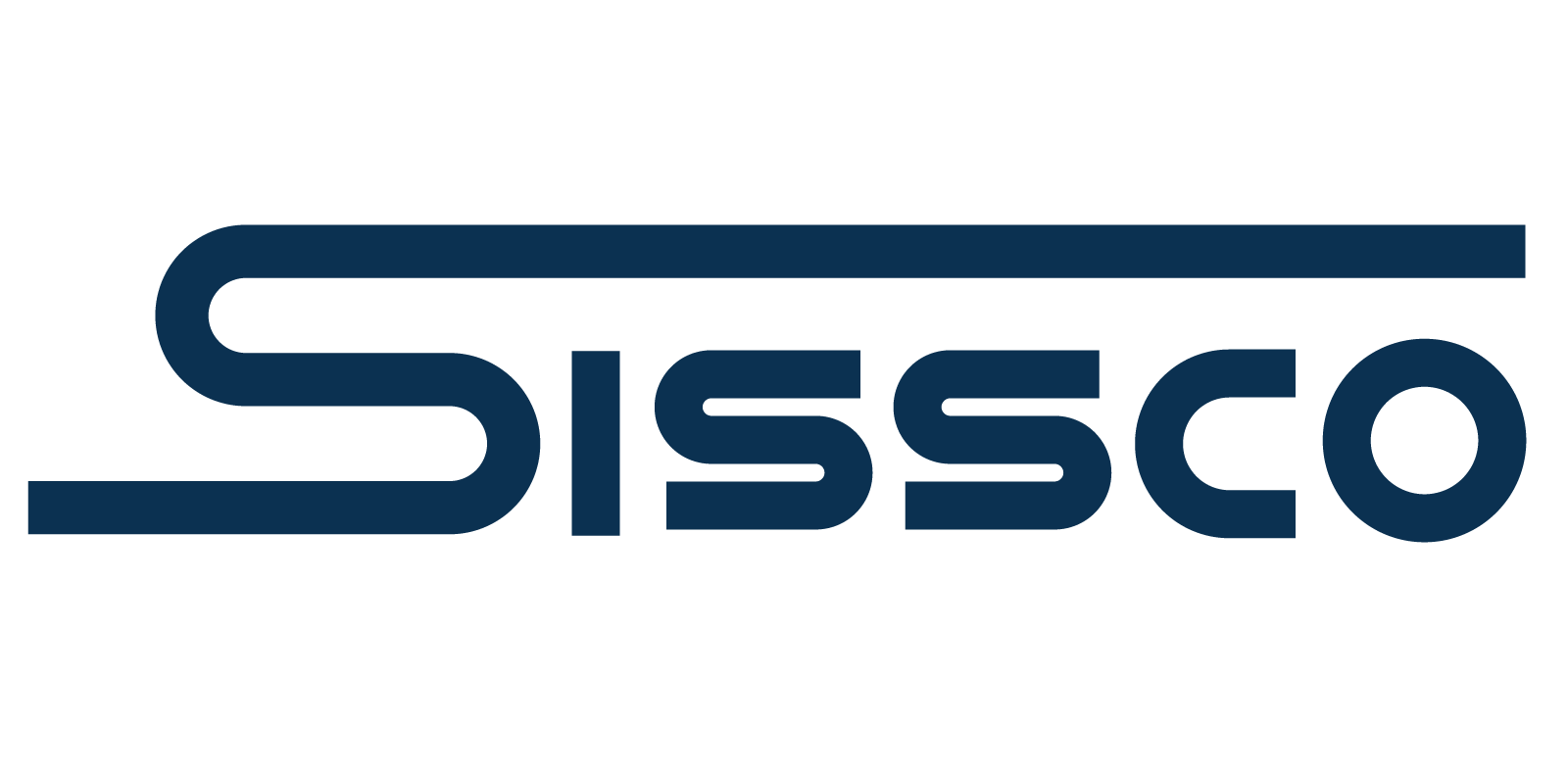At SISSCO, our commitment to promoting the highest standards in hoist repair and operational safety in New York is underscored by our dedication to educating our clients about best practices in the industry. A pivotal resource in this endeavor is the expertise provided by Princeton University’s Environmental Health and Safety (EHS) division. This esteemed department shapes safety protocols across various industries, including construction and industrial maintenance. They value hoist safety in NY and beyond.
In NY hoisting and rigging, understanding and meticulously managing the physics of lifting heavy loads is paramount for maintaining a safe and efficient workplace. Below, we delve into four crucial aspects of lifting practices recommended by Princeton University, highlighting the importance of each and the repercussions of negligence.
Safety Considerations for Lifting Operations
- Load Size, Weight, and Center of Gravity: One fundamental aspect of lifting practices is accurately identifying and adjusting the load’s center of gravity. This critical point, where the weight of a load is evenly distributed, must be directly aligned with the hoist hook to maintain stability and balance throughout the lifting process. Misalignment can lead to dangerous tilts and uneven weight distribution, posing significant risks not only to worker safety but also to the cargo and the operational integrity of the facility itself. Depending on its size and shape, each load shifts the center of gravity, necessitating a thorough reassessment each time a new or differently configured load is lifted.
- Number of Legs and Angle with the Horizontal: The configuration of sling legs and their angle with the horizontal also plays a crucial role in maintaining lifting safety. The smaller the angle between the sling legs and the horizontal, the greater the stress exerted on each leg. Ideally, this angle should be kept as wide as possible to distribute the load’s weight evenly and reduce the risk of overloading. Neglecting this can increase the tension within the sling legs, potentially leading to material failure and the catastrophic dropping of heavy loads. This could result in severe injuries or even fatalities, not to mention considerable property damage. Therefore, the angle should be meticulously checked before every lift, particularly when the setup changes or different loads are involved.
- Rated Capacity of the Sling: Equally important is the awareness of the sling’s rated capacity, which should always be maintained. Each sling is designed to support a maximum weight, which is detailed in charts or tables provided by the manufacturer. Overloading a sling not only jeopardizes safety but also compromises the integrity of the lifting equipment. In scenarios where the rated capacity is exceeded, the slings are prone to snapping, unleashing uncontrolled and dangerous situations that threaten personnel and property. It is crucial to verify the sling’s capacity before each use to ensure it is suitable for the load being lifted.
- History of Care and Use: Finally, slings’ maintenance and handling history are essential for longevity and performance. Regular inspections and adherence to the manufacturer’s guidelines are vital for preventing accidents. Neglecting sling maintenance can lead to unseen damage like internal wear, corrosion, or fraying, which weakens the sling over time and may lead to unexpected failures. Perform regular inspections according to the manufacturer’s recommendations, typically before and after each use. More thorough inspections should be performed periodically depending on usage frequency and environmental conditions.
Maintain Your Hoist NY
These guidelines help businesses ensure the safety and efficiency of their lifting operations, significantly improving overall operational performance and reducing accidents. Safety is paramount when using a hoist in NY, so it should be stressed above all else. For more information on safety, maintenance, or hoist NY repair, you should not hesitate to give our talented team a call.



